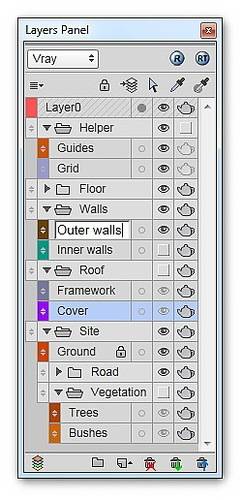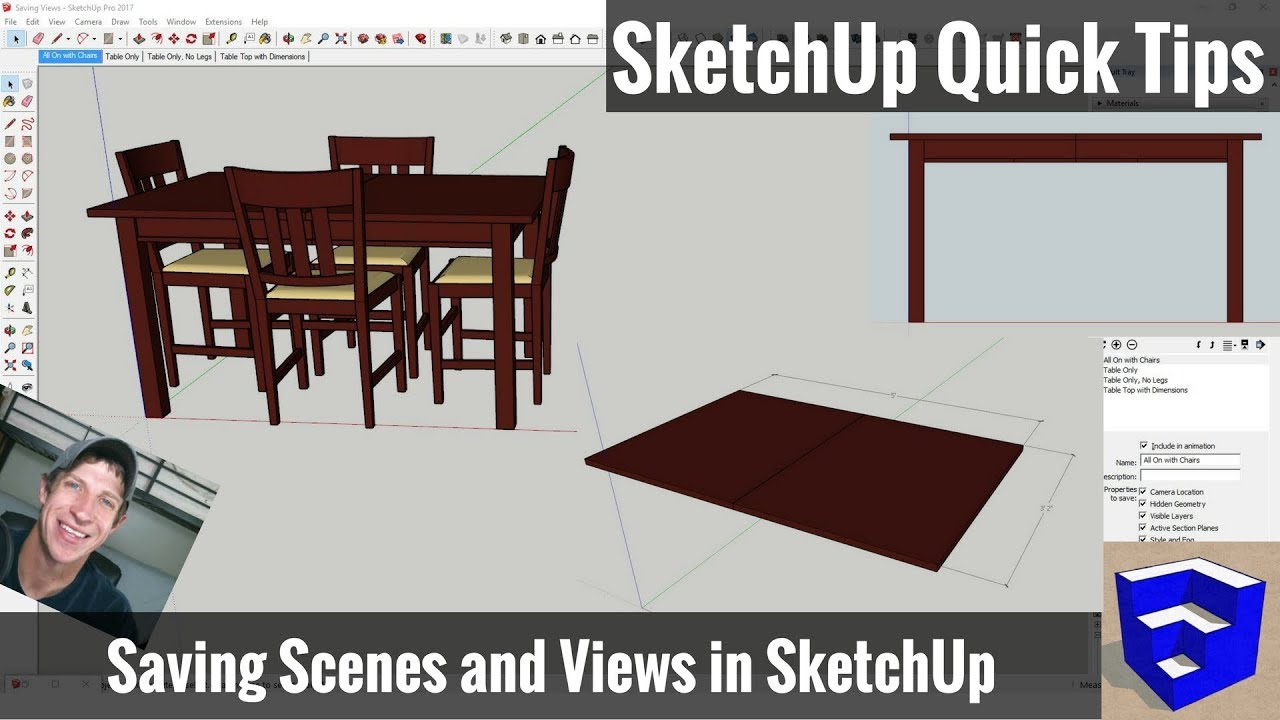
- #Layers in sketchup make 2017 how to
- #Layers in sketchup make 2017 pro
- #Layers in sketchup make 2017 software
Now, before you decide that we’re so boring that we add zest to our lives by color-coding spreadsheets, consider this: Most halfway-complicated SketchUp models consist of dozens, if not hundreds, of groups and components. Not only that, but we love to look at lists - information arranged neatly into collapsible rows is the kind of thing that comforts our hearts and brings a tear to our eyes.
#Layers in sketchup make 2017 pro
But for folks who do need it (and there are more and more of them every year), this feature is a giant step forward for keeping SketchUp Pro integrated with modern, connected BIM software. You don’t need to use it for basic, everyday modeling you might not even need to use it if you’re designing a new habitation module for the moon. Needless to say, Classifications is a feature way beyond the scope of this book. Not lost yet? If you like, you can even make your own schemata (the plural form of “schema”) using properly formatted XML to create your own.

All you have to do is load an existing classification schema and apply Type metadata to the component definitions you want to classify. If you’re using SketchUp Pro as part of a BIM (Building Information Modeling) workflow, and you want to imbue your model with juicy metadata while it’s still in SketchUp, you can.

Basically, it lets you tag groups and components in your model with special identifiers that make them more useful - in very specific circumstances. The folks at SketchUp added an enormously powerful, enormously complicated feature to SketchUp 2014 Pro: Classifications. Not doing so can result in serious injury or even death - depending on how upset you get when your 50-hour model gets ruined. If you plan to use layers, read the section “ Discovering the Ins and Outs of Layers ,” later in this chapter. In SketchUp, using layers the wrong way can seriously mess up your model. In SketchUp, layers are similar - but the ways in which SketchUp layers work differently are important for modelers to know.
#Layers in sketchup make 2017 software
#Layers in sketchup make 2017 how to
After we introduce each tool, we explain how to use it and how not to use it (are you listening, layers?). This chapter presents SketchUp’s two main tools for organizing your model: the Outliner and layers. Luckily, SketchUp includes a bunch of different ways to keep your geometry - edges and faces - from getting out of control. They can slow your computer, or even cause SketchUp to crash. It’s inevitable.īig, unwieldy, disorganized models are a pain.

As you crank away at whatever it is you’re modeling, you’ll reach a time when you stop, orbit around, and wonder how your model got to be such a pigsty. Living life can be a messy ordeal, and modeling in SketchUp is no exception. Taking stock of your model with the OutlinerĪvoiding problems by using layers the right way SketchUp For Dummies (2017) Part 2 Modeling in SketchUp Chapter 7 Keeping Your Model Organized


 0 kommentar(er)
0 kommentar(er)
